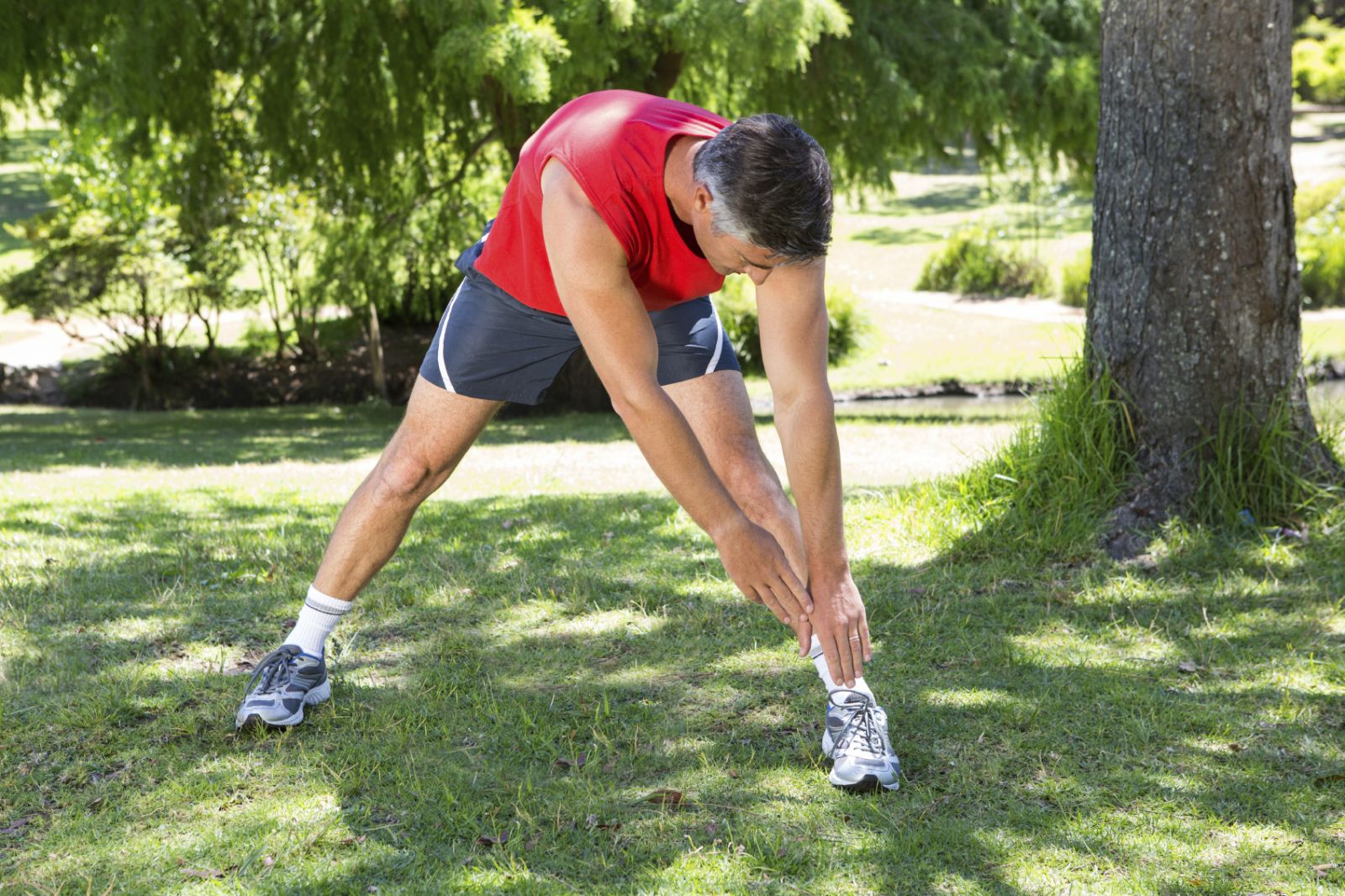|
Fitness Blog Covering Topics Of Interest Friday, November 06 2015
You might be eager to leap into your exercise routine and get on with the day — but don’t just dive in. Starting a workout with “cold” muscles can lead to injury. It’s important to start each workout with a warm-up and end with a cool-down — and that goes for true beginners, seasoned pros, and everyone in between. Warm-upWarming up pumps nutrient-rich, oxygenated blood to your muscles as it speeds up your heart rate and breathing. A good warm-up should last five to 10 minutes and work all major muscle groups. For best results, start slowly, then pick up the pace. Many warm-up routines focus on cardio and range-of-motion exercises, such as jumping jacks and lunges. If you prefer, you can do a simpler warm-up by walking in place while gently swinging your arms, or even dancing to a few songs. Cool-downAfter your workout, it’s best to spend five to 10 minutes cooling down through a sequence of slow movements. This helps prevent muscle cramps and dizziness while gradually slowing your breathing and heart rate. An effective cool-down also incorporates stretching exercises to relax and lengthen muscles throughout your body and improve your range of motion. To get the most out of these exercises, hold each stretch for 10 to 30 seconds. The longer you can hold a stretch, the better for improving your flexibility. As with the warm-up, it’s best to flow from one stretch to the next without rests in between. Thursday, July 16 2015
Mobility — the ability to move purposefully around your environment — is vitally important to health and well-being. Nearly one-third to one-half of adults ages 65 and older experience impaired mobility. At first, it may not seem like a big deal — many people with impaired mobility learn to just move a little more slowly and a little more deliberately. Some people work around the problem by relying on a cane or walker. That’s why it’s important to intervene to either prevent future mobility impairments or reduce existing ones.But taking impaired mobility “lying down” can cause your health to spiral downward. As you move less, pounds may start to creep on. You might withdraw from social relationships and activities that challenge you mentally. Exercise may become difficult, and lack of activity can worsen many health problems. This cycle of physical, emotional, and mental decline further restricts mobility. For most people, the ability to rely on their own bodies, skills, and mental agility is a crucial part of living a satisfying life. Having full mobility helps you fully engage with the world and fosters a sense of self-sufficiency that can help you live independently well into your later years. Thursday, March 06 2014
With so many types of hearing aids on the market, which one is right for you? The answer depends on many things. The main consideration is the nature of your hearing loss, its cause, and its severity. The results of your hearing tests will guide your audiologist or hearing aid specialist in making recommendations. Here are seven things you should know as you evaluate your options.
|
 |



 Image: iStock
Image: iStock